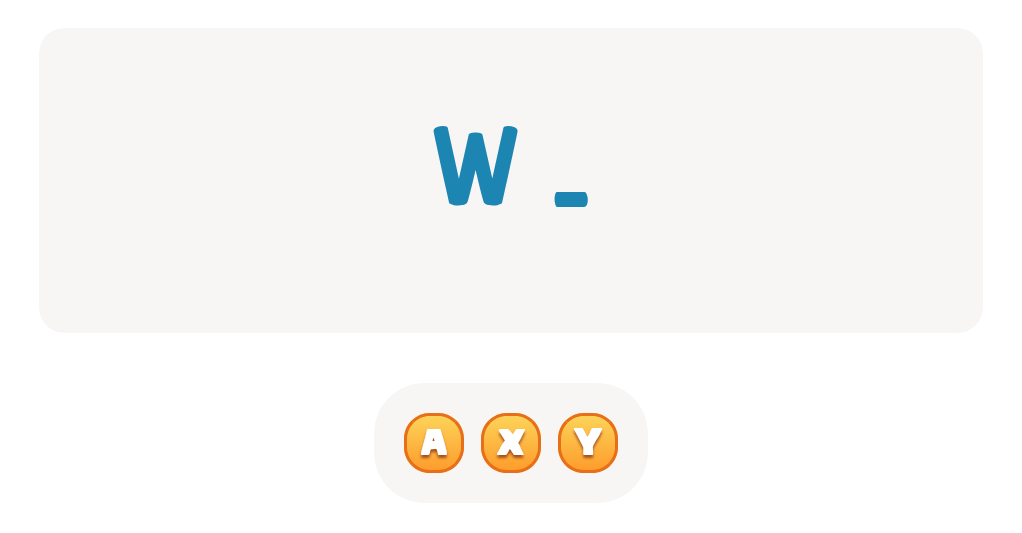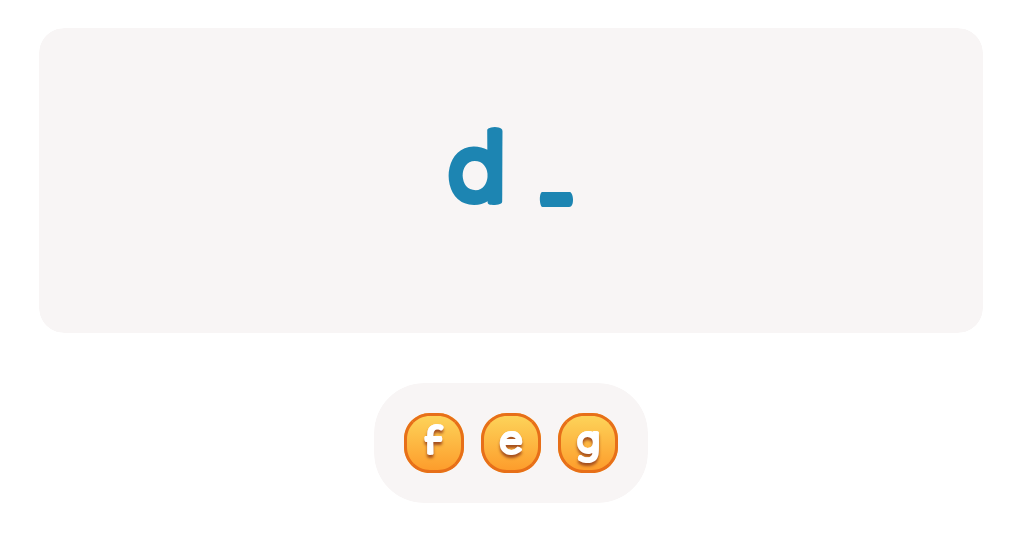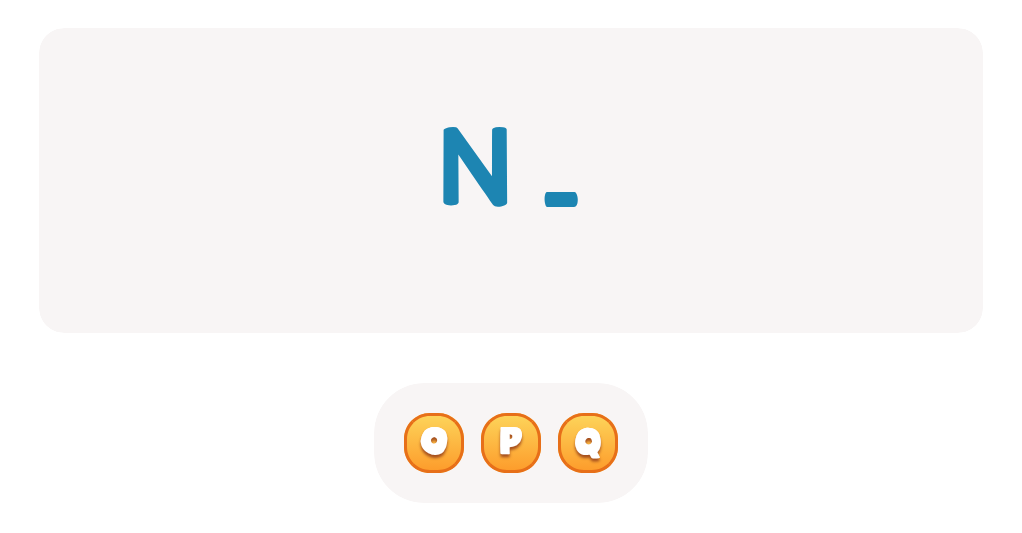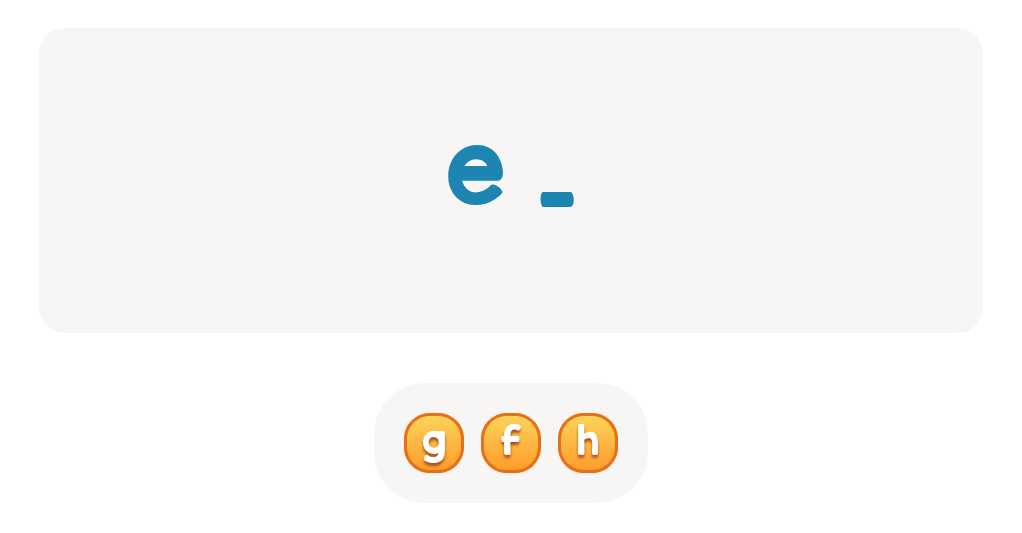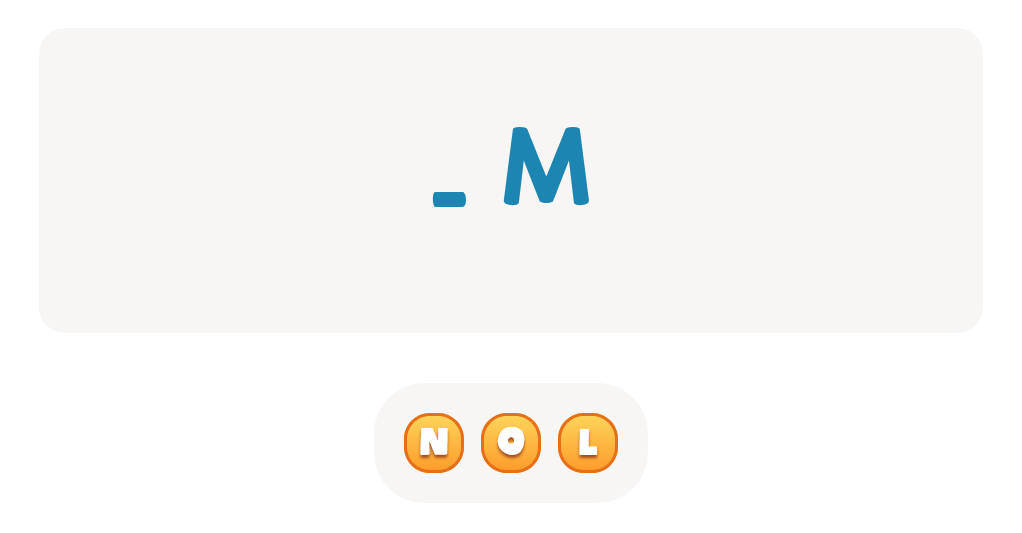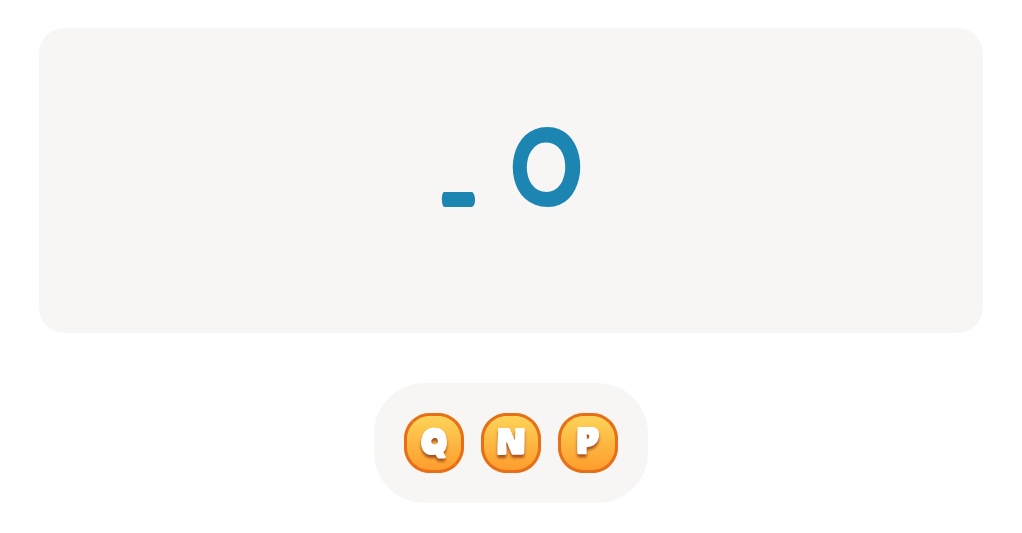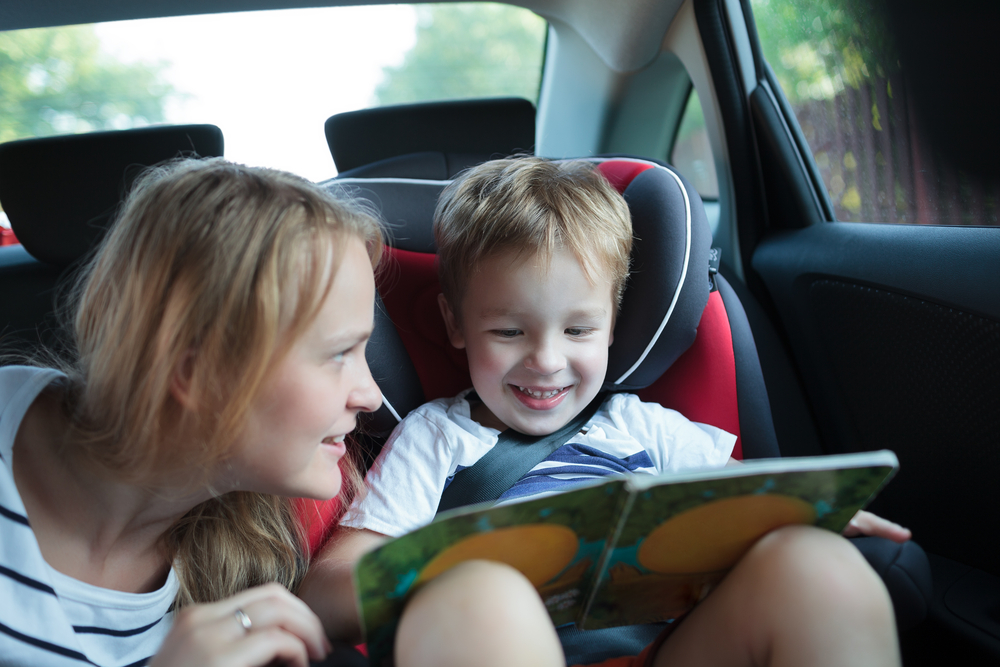Hand-eye Coordination Normal ABC Letters Worksheets for Ages 3-7
5 filtered results
-
From - To
Enhance your child's hand-eye coordination skills with our "Hand-eye Coordination Normal ABC Letters Worksheets for Ages 3-7." These free, printable worksheets are designed to improve the essential learning skills of young children through engaging alphabet activities. Each sheet focuses on aiding fine motor development by encouraging youngsters to trace and write letters, perfect for pre-school, kindergarten, and early-grade learners. Vibrant illustrations and fun exercises make learning the ABCs enjoyable while fostering cognitive growth and hand control. Ideal for parents and teachers, these worksheets provide a strong foundation for future academic success. Download and start practicing today!
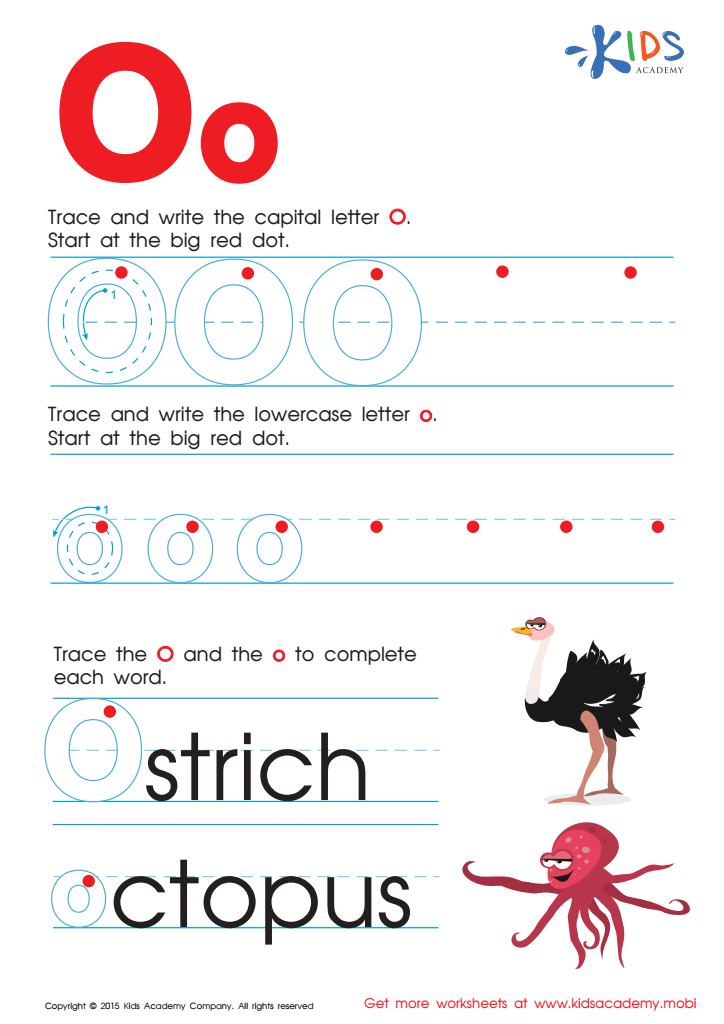

Letter O Tracing Page


Letter P Tracing Page


Letter H Tracing Page
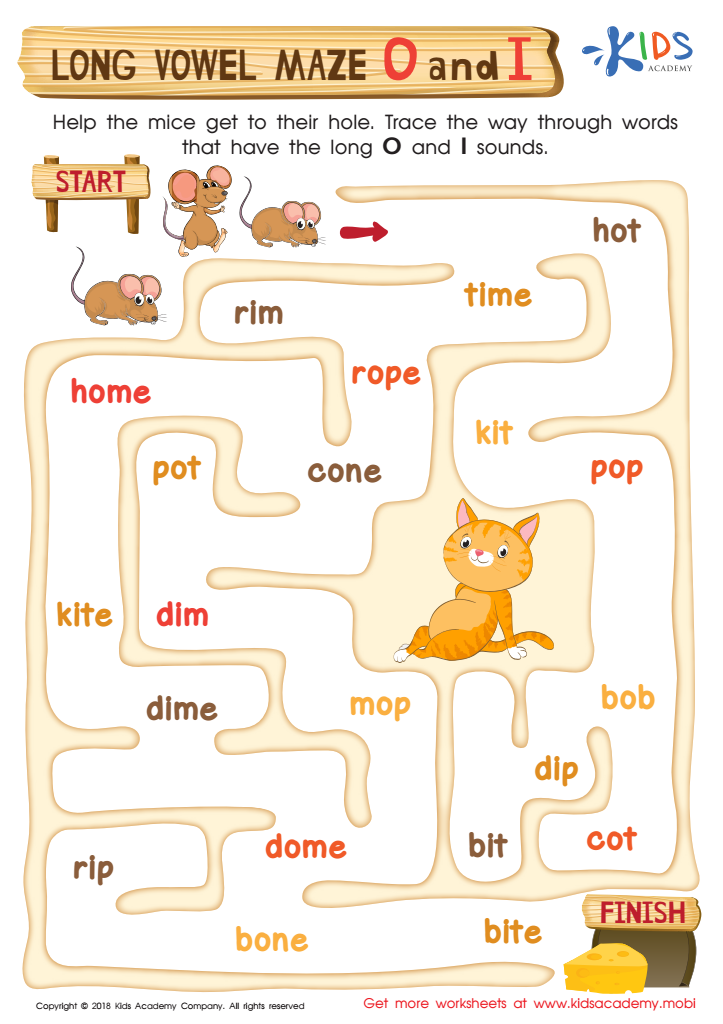

Long Vowel Maze /o/ and /i/ Worksheet


Letter D Tracing Page
Hand-eye coordination is an essential skill for young children aged 3-7, playing a pivotal role in their cognitive and physical development. At this age, mastering normal ABC letters through various activities that promote hand-eye coordination helps lay the foundation for successful learning experiences.
Firstly, strong hand-eye coordination is crucial for writing skills. When children trace or write ABC letters, they practice controlling their hand movements while visually guiding their actions, which hones fine motor skills. This fundamental competence is not only vital for legible handwriting but also for tasks like cutting, coloring, and tying shoelaces.
Secondly, recognizing and writing alphabets enhances visual processing abilities. By repeatedly seeing, identifying, and writing letters, children strengthen neural connections between visual and motor pathways. This connection is beneficial beyond academics, aiding tasks requiring quick reactions between what they see and how they move.
Moreover, engaging in activities that develop hand-eye coordination, such as drawing or using building blocks with ABC letters, also fosters concentration and patience. Completing these tasks requires children to focus intently, thereby enhancing their attention spans and perseverance—traits valuable for any learning process.
Thus, parents and teachers should prioritize activities that nurture hand-eye coordination. These skills are not only foundational for literacy but also facilitate broader developmental milestones, setting up children for academic and life success.

 Assign to My Students
Assign to My Students

